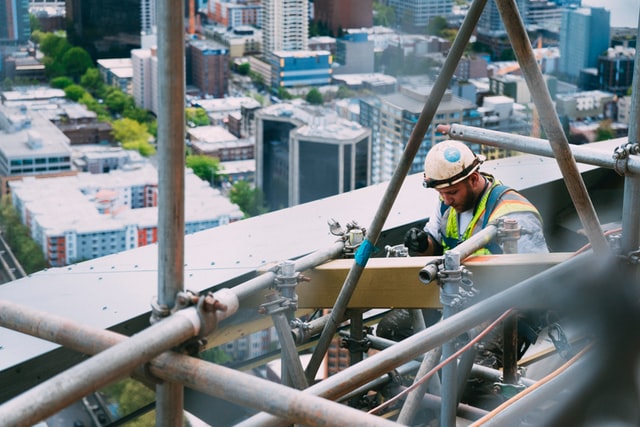Apprenticeship Reform: Where are we now?
In 2015 the Department for Education set out its vision for English Apprenticeships following a review into the system, to increase the quality and quantity of apprenticeships through a transformational programme of change.
View More